
Effect of selective logging on recovery of stored carbon in Amazonian forests
Plant Science Research Weekly, Research0 Comments
/
The Amazon rainforest stores 30% of land-based ecosystem carbon. How are carbon stores affected by selective tree removal and subsequent regrowth? Stored carbon continues to be lost for several years after logging due to damage-associated mortality of surviving trees. Piponoit et al. use data from more…
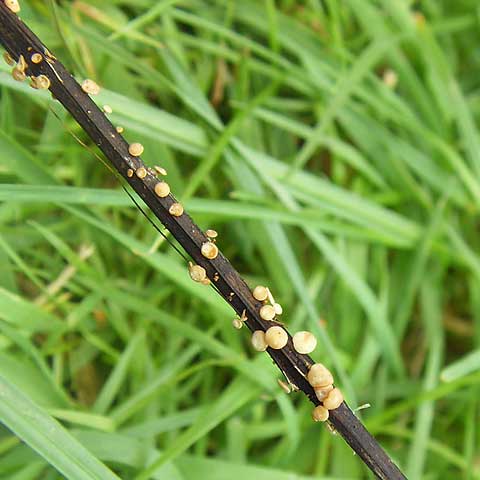
Review: Impacts of fungal hitchhikers on biosecurity
Plant Science Research Weekly, ResearchWhen a plant species is introduced to a new region, it brings with it “hitchhikers” – other associated organisms. Sometimes, these hitchhikers negatively impact the environment into which they are introduced, for example by facilitating the host’s invasiveness, or through direct detrimental effects…

Comment: Protecting the origins of coffee
Plant Science Research Weekly, ResearchCoffee is a hugely popular beverage and contributes immeasurably to human productivity, but demand has risen by 50% in the past 20 years while coffee production is vulnerable to disease and climate change. Mehrabi and Lashermes observe that the popular arabica coffee comes from the plant Coffea arabica,…
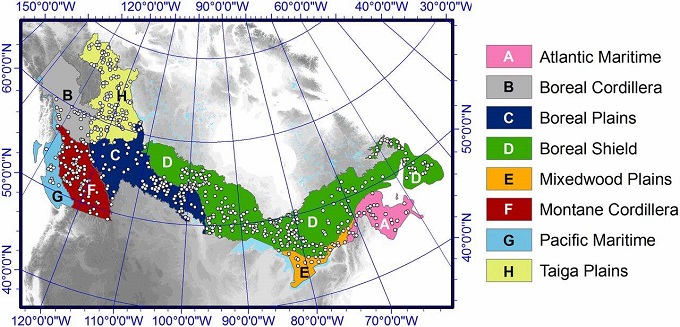
Growth-ring studies show no growth enrichment in Canadian boreal forests despite 50 years of CO2 enhancement
Plant Science Research Weekly, ResearchIt has been argued that rising atmospheric CO2 levels might benefit plants by providing them more substrate for photosynthetic carbon-fixation. However, numerous studies have indicated that other factors interfere with a so-called CO2-fertilization benefit. Girardin et al. explore recent tree growth…
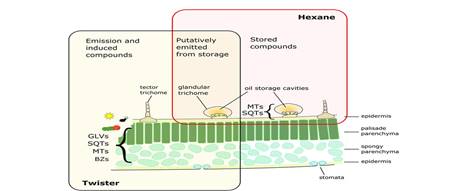
Aphid colonization on tansy influenced by emitted terpenes
Plant Science Research Weekly, ResearchTansy plants (Tanacetum vulgare L.) have diverse ethnobotanical uses including that of insect repellent, as a consequence of their production of volatile terpenes. Clancy et al. investigated the diversity of these emitted terpenes, and how they affect colonization by aphids and the ants that tend them…

Calcium Deficiency Triggers Phloem Remobilization of Cadmium
Plant Science Research Weekly, ResearchCadmium (Cd) is among the most toxic heavy metal to humans. Contamination of Cd in soils poses a serious threat to both crop productivity and human health in many parts of the world. Understanding the molecular mechanisms of Cd transport process will help in developing plants for soil remediation and…

Sub-Antarctic plants warm up themselves
Plant Science Research Weekly, ResearchHigh latitude and altitude plants experience short growing seasons, consistent low temperatures, windy environments and unpredictable sunny spots. These plants are usually small and rely on self-pollination, but in Campbell, a Sub-Antarctic island, there are gardens of megaherbs that defy the predictions…
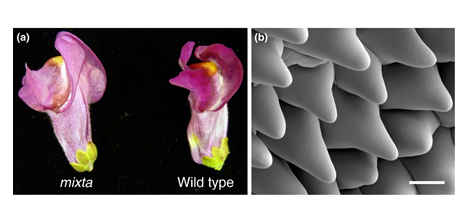
Review: Physics of pollinator attraction
Plant Science Research Weekly, ResearchFlowers use a variety of strategies to attract pollinators and ensure successful pollination, including color and scent. Moyroud and Glover review some of the less familiar strategies including physical alterations to reflected light. As one example, conical epidermal cells on snapdragon flower petals…
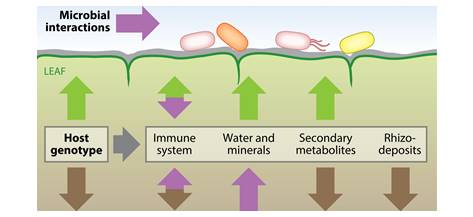
Review: The Plant Microbiota: Systems-Level Insights and Perspectives ($)
Plant Science Research Weekly, ResearchTerrestrial plants are hosts to diverse types of microbes, predominantly bacteria, that affect plant health and growth in numerous ways. The major types of plant microbiota include plant pathogens, arbuscular mycorrhizal (AM) fungi, endophytes (residing within plant tissues), epiphytes (residing on plant…

